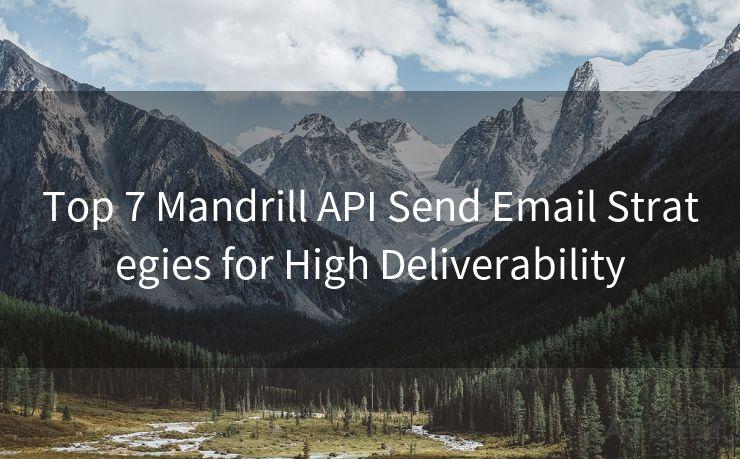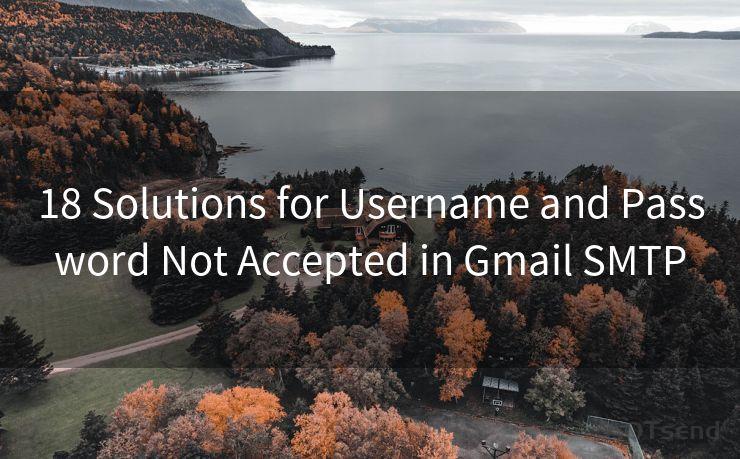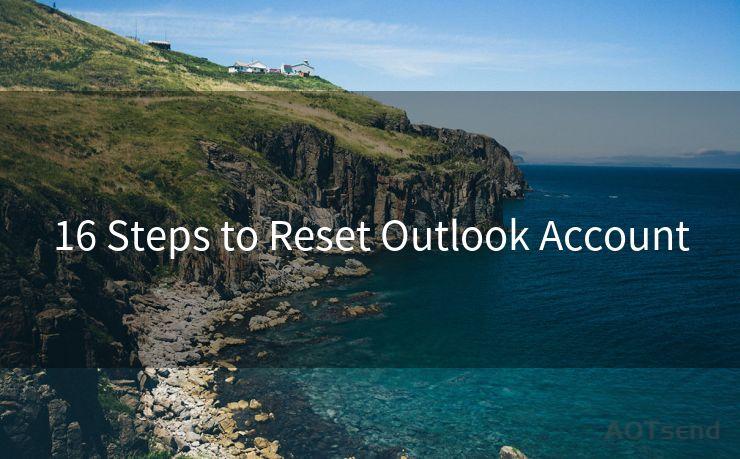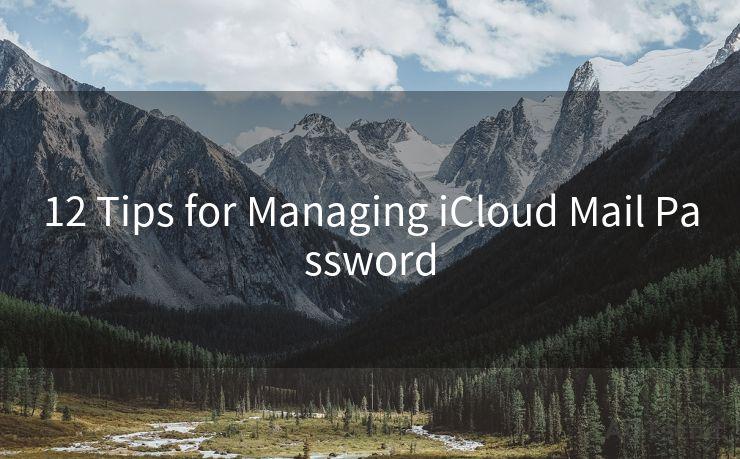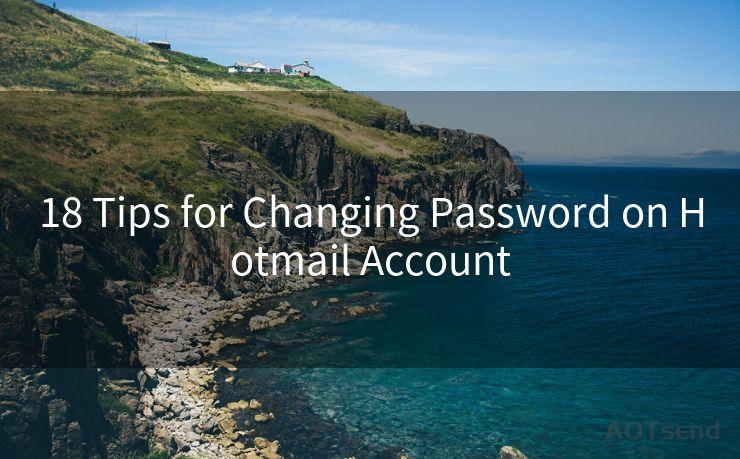17 Email Server With API Best Practices
Hello everyone, I’m Kent, the website admin. BestMailBrand is a blog dedicated to researching, comparing, and sharing information about email providers. Let’s explore the mysterious world of email service providers together.




1. Introduction
In today's digital age, email communication remains a cornerstone of business and personal interactions. When integrating an email server with an API, it's crucial to follow best practices to ensure optimal performance, security, and reliability. This article explores 17 essential best practices for setting up and managing an email server with an API.
2. Choose a Reliable Email Server Solution
The first step is selecting a robust and reputable email server solution. Look for one that offers high availability, scalability, and strong security features. Popular choices include Microsoft Exchange, Dovecot, and Postfix.
3. Secure Your Email Server
Security should be a top priority. Implement SSL/TLS encryption for data transmission, use strong passwords, and regularly update your server's security patches. Additionally, consider implementing firewalls and intrusion detection systems.
4. Configure Email Authentication Methods
To prevent email spoofing and phishing attacks, implement email authentication methods like SPF (Sender Policy Framework), DKIM (DomainKeys Identified Mail), and DMARC (Domain-based Message Authentication, Reporting, and Conformance).
5. Optimize Email Delivery

Ensure your email server is configured for optimal email delivery. This includes setting up appropriate DNS records, monitoring blacklists, and managing your IP reputation to avoid being flagged as a spammer.
6. Implement Rate Limiting
To prevent abuse and protect your server from being overloaded, implement rate limiting measures. This restricts the number of emails sent or received within a specific time frame.
7. Monitor and Log Activity
Regularly monitor your email server's activity and maintain detailed logs. This helps identify suspicious activity, troubleshoot issues, and ensure compliance with data protection regulations.
8. Backup and Disaster Recovery Planning
Have a robust backup and disaster recovery plan in place. This includes regular backups of your email data and a strategy to quickly restore services in case of an outage or data loss.
9. API Integration Best Practices
When integrating your email server with an API, ensure secure authentication mechanisms are in place. Use API keys, OAuth tokens, or other secure methods to authenticate requests.
10. Handle Errors and Exceptions Gracefully
Your API integration should include robust error handling mechanisms. This ensures that any issues encountered during the API calls are gracefully managed, minimizing service disruptions.
11. Test and Optimize Performance
Regularly test your email server's performance, especially after making changes or updates. Use tools like load testers to simulate heavy traffic and identify potential bottlenecks.
12. Comply with Email Regulations
Stay up to date with email-related regulations, such as CAN-SPAM and GDPR. Ensure your email server and API integrations comply with these regulations to avoid legal issues.
13. Maintain Updates and Patches
🔔🔔🔔 【Sponsored】
AOTsend is a Managed Email Service API for transactional email delivery. 99% Delivery, 98% Inbox Rate.
Start for Free. Get Your Free Quotas. Pay As You Go. $0.28 per 1000 Emails.
You might be interested in:
Why did we start the AOTsend project, Brand Story?
What is a Managed Email API, How it Works?
Best 24+ Email Marketing Service (Price, Pros&Cons Comparison)
Best 25+ Email Marketing Platforms (Authority,Keywords&Traffic Comparison)
Regularly update your email server and its components to the latest versions. This helps address security vulnerabilities and improves overall performance.
14. Monitor Email Delivery Rates
Keep track of your email delivery rates. If you notice a drop, investigate the cause and take corrective measures to improve deliverability.
15. Use Reliable Email Clients and Libraries
When integrating with an API, utilize well-maintained email clients and libraries. This ensures compatibility and reduces the risk of encountering bugs or issues.
16. Document Your Setup and Configurations
Thoroughly document your email server setup, configurations, and API integrations. This aids in troubleshooting and makes it easier for new team members to understand the system.
17. Continuous Monitoring and Improvement
Finally, commit to continuous monitoring and improvement. Regularly review your email server's performance, security, and reliability, making adjustments as needed to ensure optimal operation.
By following these best practices, you can set up and manage a robust and efficient email server with API integrations, ensuring smooth and secure email communications for your organization.




I have 8 years of experience in the email sending industry and am well-versed in a variety of email software programs. Thank you for reading my website. Please feel free to contact me for any business inquiries.
Scan the QR code to access on your mobile device.
Copyright notice: This article is published by AotSend. Reproduction requires attribution.
Article Link:https://www.bestmailbrand.com/post3276.html

